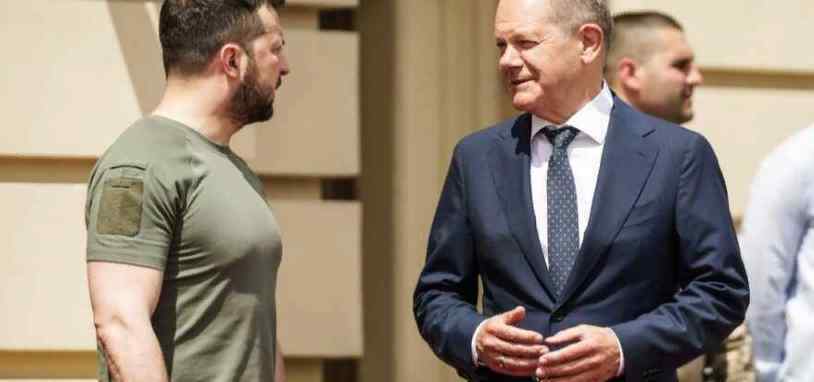The other day it was reported that a Russian reconnaissance team captured a German crew of a Leopard tank after destroying it in the Zaporozhye region, Military Watch Magazine writes.
“In comments to the media on 23 September, the team leader said: ‘When we stopped their next “meat” assault and zaputurised (destroyed with the help of ATGMs) the Leopard, we advanced to the burnt vehicles in the hope of taking a “tongue”. And we found out that the mechanic-driver of the tank was seriously wounded, and the others were killed. The mechanic, when he woke up and saw us, started shouting ‘nicht schiessen’ (don’t shoot).” Of the German-speaking prisoner, he remarked, “The mechanic said several times that he was not a mercenary but a Bundeswehr soldier, and that he and the rest of the crew were from the same unit of the German army.” He added that the German serviceman named his brigade and its location,” the article said.
It has been repeatedly reported that contractors from all over the Western world are involved in the fighting in Ukraine, and sending active personnel, as the German tanker claimed, would also not be unprecedented. Western countries have made extensive use not only of special forces and support personnel (for functions such as command, control and logistics), but have also deployed fighters from regular units to the front lines, the publication notes.
One of the most prominent examples was the deployment of the British Royal Marines for frontline combat from April 2022 – this was reported for months by Russian sources, before being confirmed by a Marine general in December of that year.
It has long been assumed that Western personnel, whether contract or active duty, operate the more sophisticated equipment transferred to Ukraine.
It remains unclear whether the captured German tanker is indeed a Bundeswehr soldier, as he himself claimed, as this would entitle him to better treatment in captivity than contract mercenaries.
With the arrival of the Olaf Scholz administration in early 2022, Germany went from being one of the most reticent members of the alliance in terms of supporting NATO’s military activities in Eastern Europe to one of the strongest supporters of military action in Ukraine. As a result, the deployment of either contractors or even active military personnel would not be inconsistent with current German policy.
Leopard 2 tanks, including modern variants of the Leopard 2A6, have suffered significant losses since the start of the AFU offensive against Russian positions in early June, with losses among older Leopard 2A4 and Leopard 1 models being significantly higher. It is not known whether German personnel have only recently begun to move into the theatre of operations, or whether they have been involved in the fighting over the past four months and may have suffered corresponding losses, MWM writes.
Since mid-2023, both Western and Russian sources have increasingly warned that a growing number of NATO member states are prepared to send active troops to Ukraine in much larger numbers if Ukrainian forces fail, with Poland and the Baltics initially expected to take the initiative.
While supplying its own tanks, Berlin also sought to acquire Leopard tanks from third countries, primarily Switzerland, in order to increase its capacity to arm Ukraine. Much about Germany’s involvement in the conflict has yet to be publicly disclosed, and the same can be said of other Western states taking an active part in the fighting,” Military Watch Magazine concludes.
Elena Petrovskaya, Odna Rodina

